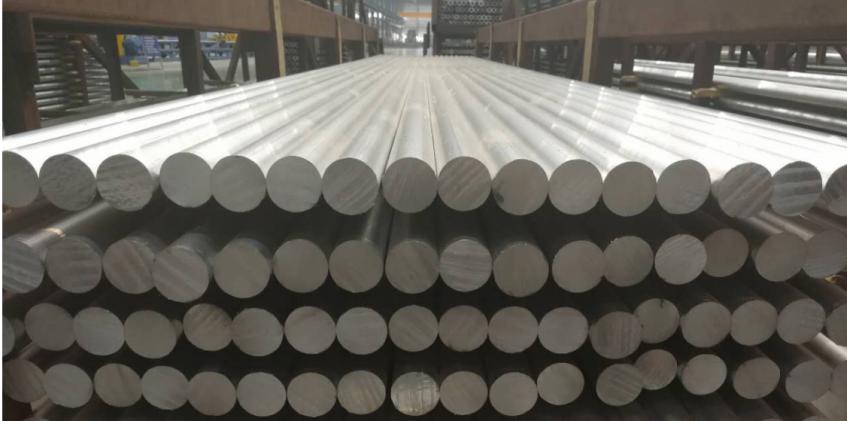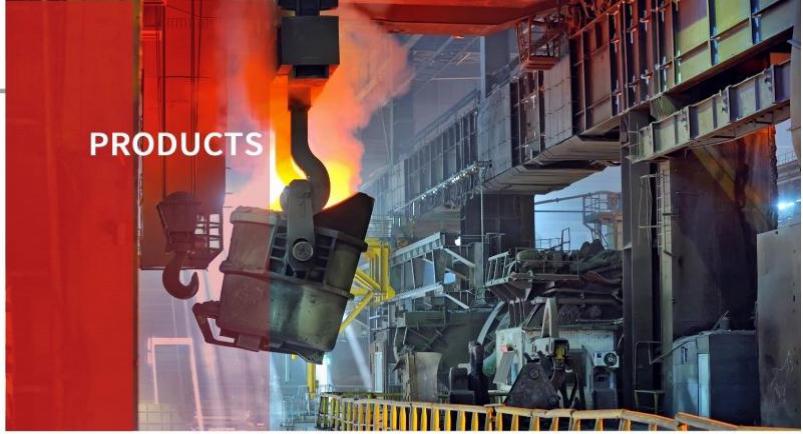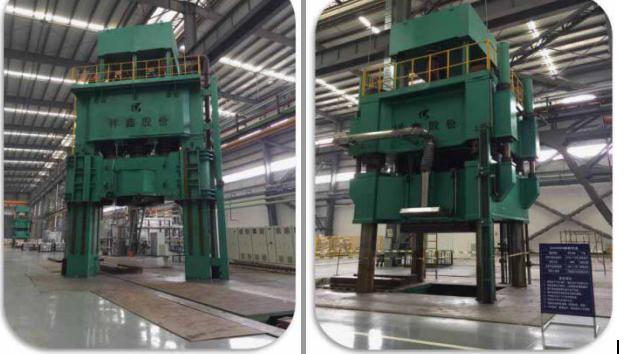At Xiangxin group , we specialize in the manufacture and sale of full range of Aluminum alloy product. With more than 20 years of industry experience, we have the knowledge and ability to provide the best quality and solution suited for a particular project.
We will list three common manufacturing methods—billet manufacturing, cast manufacturing, and forged manufacturing—outlining what they is their advantage and which one is best solution for the customers.
Billet Manufacturing
Billet refers to any solid rod of metal that has been machined from a solid block of material ,The term “billet” refers to the form of the metal material being used in the manufacturing process rather than the manufacturing process itself.Billet is a type of metal and doesn’t especially represent the manufacturing process (or quality) of the final product .Aluminum Billets are solid lengths l with square or circle cross-sections. They can be made of various alloy and to any size to suit the production request.
Billet manufacturing is a subtractive process, as the metal is milled away by a CNC machine to create the part.
Using a CNC machine to produce parts is the most accurate type of manufacturing as it’s a computer-controlled process
billet aluminum is still widely used in the automotive and aerospace industries due to its superior strength and machinability.
Compared to other manufacturing methods, billet manufacturing offers the following advantages:
•It’s cost-effective in low quantities.
•It achieves a high degree of precision in manufactured parts.
•It processes raw materials and produces finished parts in short lead times.
Learn more about Astro Machine Works unique manufacturing service offerings, including CNC machining, reverse
Cast Manufacturing
Cast manufacturing is a manufacturing method involving heating, melting, pouring, and cooling of Aluminum . The Aluminum is first heated to a molten state and then poured into a preformed mold. After the mold is filled, the Aluminum is allowed to cool and harden. At which point, it can maintain the interior form of the mold and can be removed from the mold.These casting techniques include gravity or high pressure die casting. This forms the shape of your product.Cast aluminum is often used in engine blocks, gearboxes, and other parts requiring less precision. It is also widely used in the automotive and aerospace industries due to its affordability and ease of use.
The most popular casting methods for low-volume castings are No-Bake Sand Castings and Plaster Mold Castings.
Once the casting it’s cooled off it is “broken” out of its mold to reveal the finished product. This process can be applied to most metals including aluminum, zinc, magnesium, or various alloys.
cast manufacturing offers the following advantages:
•It is cost-effective in low quantities (sand casting) and high quantities (die-casting).
•It accommodates a variety of part shapes and sizes.
•It achieves near-net-shape parts, which minimizes waste generation and eliminates the need for post-processing.
Forged Manufacturing
Forged metal is heated until it is malleable (not molten) and pressed or forced into the desired shape. This how blacksmiths made horseshoes, swords and armour. Modern methods use high pressure stamping, rather than a hammer and anvil.Similar to cast manufacturing, forged manufacturing involves heating the raw material. However, the material is only heated until it is malleable rather than molten. Once the material is sufficiently pliable, the manufacturer can shape it into the desired shape using various compressive methods. One of the most common forging methods involves the use of a forging die, which presses the softened metal into the proper shape and squeezes excess material out around the edge of the die. This excess material can be ground away once the part has cooled.
Compared to other manufacturing methods, forged manufacturing offers the following advantages:
•It produces strong and bigger parts.
•It accommodates a variety of part shapes and sizes.
•It is cheaper than casting.
Best Manufacturing Solutions for customer’s project
The billet manufacturing, cast manufacturing, and forged manufacturing methods offer unique advantages .It is not absolute to say which one is better? This will completely depend on what the component will ultimately be used for. Each of them have their advantages, so depending on what the component will be used in will determine which production method will serve you better. If you have questions about what type of metal component you should be purchasing for your company, contact us today! We are leaders in both casting and forging fields and have the technical authority to deliver the best solution and highest quality ! Whatever your need is, we can meet it and exceed your expectations.
Post time: Dec-28-2023



